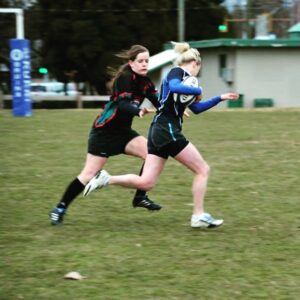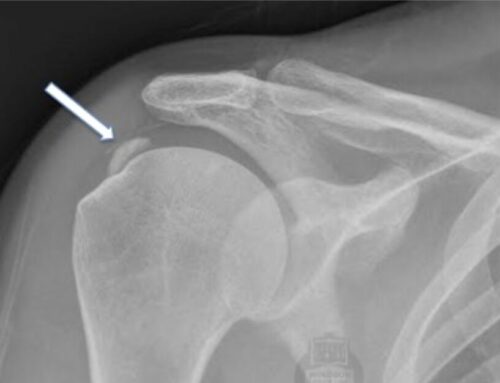Sport has always been a big part of my life, and as a result I’ve had a quite a few injuries over the years. However, the injury I’m choosing to write about is one that comes from when life gets too busy and fitness becomes less of a priority. I am hoping this will be relatable as this will (and has!) happened to most people at some point.
 The Back Story
The Back Story
I spent 2 years in Canada working with the international Canadian Rugby 7’s team (no, this isn’t the relatable part!). The lifestyle was fun, I also played competitively, but during the last year, my time was spent travelling with the team, and not much fitness. The result was that I came home 30kg heavier and very de-conditioned.
The Injury
Not liking how much I had neglected my body, my goal at first was weight loss and just becoming healthier. I decided running be a good start, feeling too self conscious to join the gym. However my body was letting me down, just a simple run would give me stabbing back pain, so I would rest for a few days, only for it to happen again every time I tried to exercise. It went on in this cycle for a while, with me thinking it would just get better over time if I pushed through.
The Diagnosis
There are so many mental road blocks to navigate through with weight loss/trying to become healthier again, and I didn’t want my body to be another one. I tried a number of different things and health professionals, some of which gave exercises, but I found they didn’t help. Every time I ran, my back pain would start again. I didn’t like to take advice of “just don’t run.” Finally, I found a practitioner who helped me figure out my diagnosis (sacroiliac joint sprain) and helped develop a plan tailored to what I was trying to achieve – which was to run 5km.
 Rehabilitation
Rehabilitation
Initially, I adjusted my running style and educated myself about my injury. I was only experiencing a small amount of pain after runs, which improved further by doing my strengthening exercises. Identifying my aggravating factors (things that weren’t causing my back pain but contributing to it) such as sitting cross legged, wearing heels, sleeping on my stomach also helped my recovery. Once I stopped these I found that my back pain resolved and I started running more and more.
Eventually I was able to develop a regular routine with running and my exercises and felt healthier and better about myself. There were still ups and downs along the journey mainly around motivation but I knew nothing was stopping my health journey other than my own mental barriers. Resolution of pain is not a quick process. It was a total of 3 months of back pain for this injury. My injury timeline is detailed below.
The Injury Timeline
- March: Started running, experiencing back pain
- Pain, Rest, pain, rest cycle
- April – June: trying different practitioners
- Pain getting more consistent and regular
- Running going no-where
- Getting increasingly frustrated
- June: Found the right practitioner who gave definitive diagnosis (Sacroiliac joint sprain)
- Specific plan
- Pain lessening
- Able to run with only minor pain
- Started specific strengthening exercises
- July: Still having pain but less
- Running km’s and times increasing
- Getting stronger through gluteal muscles and my core
- Still getting pain from time to time – but turned into a dull ache
- August: Started really focusing on minimising maintaining factors
- Pain rarely – only when complacent with maintaining day to day factors
- Running 10km per day
- Goals met – feeling healthier happier
- Still maintaining my strengthening exercises 3x per week
- September
- Pain-free
- Went back to crossing legs when sitting and wearing heels from time to time without any issues
- Weight loss goals turned into fitness goals
The Lesson I Learnt
This experience helped shape me as a practitioner. As health professionals, having injuries helps us learn and makes us better to be able to help our clients. Having a specific plan and goals were a huge help. I learnt the importance of identifying the maintaining factors from just day to day living are a massive part of recovering fully and by eliminating them temporarily for a month I allowed my back to heal. This showed me how having the right practitioner who understands your injury and goals can be the key to overcoming your own injury – and makes me want that for my clients too.




